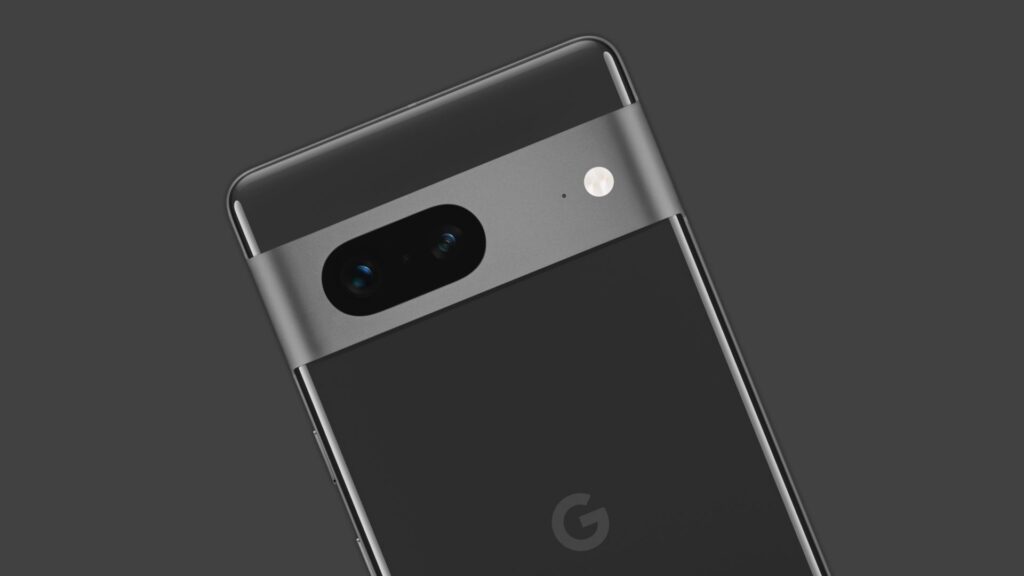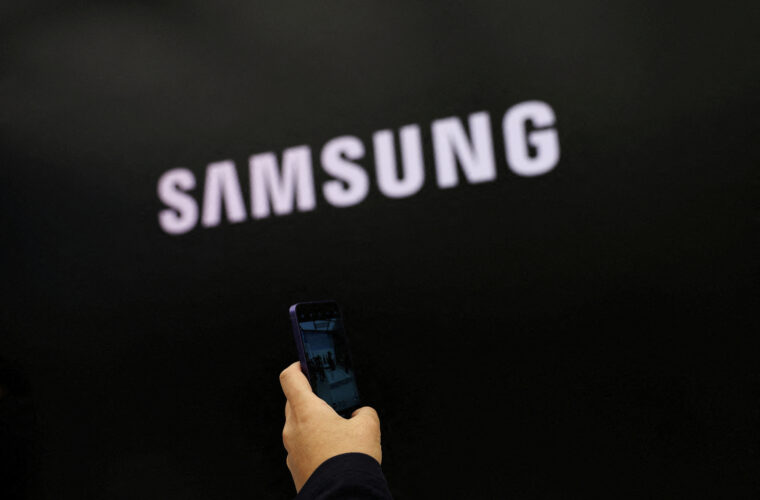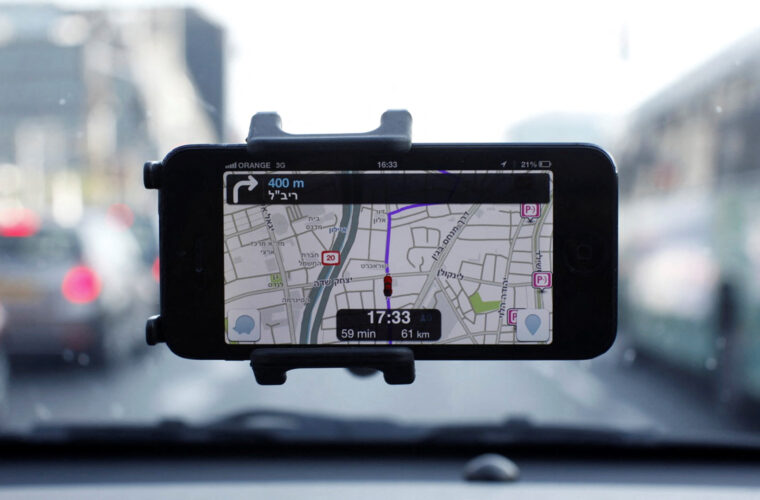After the launch of the Pixel 4, Google preferred to dedicate the Model 5 only to specific markets, leaving many behinds. Since last year’s Model 6, the strategy has changed and continues today with the Pixel 7 and Pixel 7 Pro. Just a few months ago, the company launched the Google Pixel 6A, a phone in the middle, in the sense that it represents a step slightly ahead of the 6 and towards the 7 family that, on balance, is far ahead of the past generation, if not in terms of design, at least in terms of hardware and functionality.
Priced at €649 for the Pixel 7 and €899 for the 7 Pro, these are definitely the best Android to buy today if you are looking for a standard, i.e., non-folding, phone. Although they don’t beat ‘monsters’ like the iPhone 14 in all respects, in specific areas, including camera performance and battery, they are superior, costing significantly less than Apple’s little gem.
Unique design
A sad part of the Android world right now is that most of the phones behind it look the same. There is a certain trend – round square camera module – and they all quickly end up adopting the same design. Google, with its Pixel 7 and Pixel 7 Pro, offers something different. The two phones are distinguished by a horizontal bar across the back. Unlike the raised strip on the previous Pixel, the one on the 7 and 7 Pro is made of metal and is part of the chassis. An entire metal part is a one-piece unit.
Furthermore, the finish is different from the rest of the phone: on the Pixel 7 Pro, it is polished, like steel, while the metal frame of the Pixel 7 uses brushed aluminium with a matt finish. The overall effect is quite interesting. Here it is below.
The phones feature a perforated front camera and thin bezels. Google has tried to get rid of the chin on the bottom bezel and although the company does not achieve the exact symmetry of recent iPhones and models like Nothing, the difference between the top and bottom bezels is extremely small. Both Pixel 7s are IP68 rated, so they are good enough for use in occasional rain.
The Pixel 7 is undoubtedly more ‘manageable’ with its smaller size thanks to its 6.3-inch screen. But the Pixel 7 Pro also performs well, despite its 6.7-inch panel. What I like about these Pixels is that after a few attempts, Google has finally updated the screens to support a variable refresh rate of up to 120 Hz on the 7 Pro and 90 Hz on the regular 7. In everyday use, there is a significant difference between the two. On the other hand, the Pixel 7 has a 1080p display, but it is quite sharp. The Pixel 7 Pro runs at 1440p but, by default, runs at 1080P to save battery power.


Fast and feature-rich
The Pixel 7 has 8GB of RAM and 128GB of storage space. The Pixel 7 Pro goes up to 12 GB of RAM. Powering the two phones is Google’s Tensor G2, which on paper, is a minor upgrade over the Tensor G1. True or false, what I found while using the Pixel 7 and Pixel 7 Pro is that they are high-speed phones that perform great. The fingerprint sensors embedded underneath the display finally work well, with the problems of the uncertain scanner in previous Pixels seeming to be just a distant memory.
On the autonomy side, the Pixel 7 has a 4355 mAh battery while the Pixel 7 Pro has a 5000 mAh battery. Recharging can be 30 mAh with a compatible charger, which is obviously not in the box.
On board runs, of course, Android 13 is fast, fluid and – once you learn how to use swipes and gestures – quite easy to use. It is also packed with features that put Google’s AI at the centre, such as those involving photography, which we will see later.
How’s the camera
Compared to the Pixel 7 Pro, the Pixel 7 doesn’t have a 5X optical zoom camera. And it doesn’t come with Macro mode, which is automatically activated on the Pixel 7 Pro when you get too close to what you’re shooting. Besides that, both models are similar, i.e. they excel at mobile shooting. Pixel 7 and Pixel 7 Pro feature a 50-megapixel primary rear camera that takes excellent pictures in all lighting conditions. Images have the typical Pixel look: tons of detail, slightly underexposed to preserve colours, deep tones and a good dynamic range.
The 10-megapixel selfie is excellent in bright conditions but only acceptable in low light, where details do not meet standards. The Pixel 7 Pro’s 5X optical zoom camera offers promising results for one of this type. The 30X optical zoom is good for pushing the sensor to its limits even if what you get are grainy photos that you are unlikely to post on social media. The Pixel 7 Pro’s macro mode is fun, but I wonder if it will be used that frequently because, despite what the name suggests, it is not meant for photographing small insects or flower petal details.
Overall, the Pixel 7 and Pixel 7 Pro have the best cameras available, although the difference between the iPhone 14 Pro and Galaxy S22 Ultra is not so marked.
Do I buy them or not?
It’s been a long wait for fans of the Pixel 7, unveiled months and months ago by Google, which had sung the praises of the new Tensor processor. And now that they are here, we can only agree with Big G. The two are the best ‘mainstream’ Android to buy today, at not exorbitant prices.
The only flaw is the 128 GB storage memory, but it is a logical choice: in addition to hardware, Google needs to push its cloud services, from photos to Drive, and ‘forcing’ consumers to buy additional space is part of the package. If this is a problem, one can opt for the 256 GB denomination, at EUR 100 more than the base price. With Samsung having moved into the foldable world, we can safely say that Google has taken its place in the competition to Apple. The prerequisites to do well are all there, to the tune of a few concrete innovations. Which in the world of smartphones is never a given.



